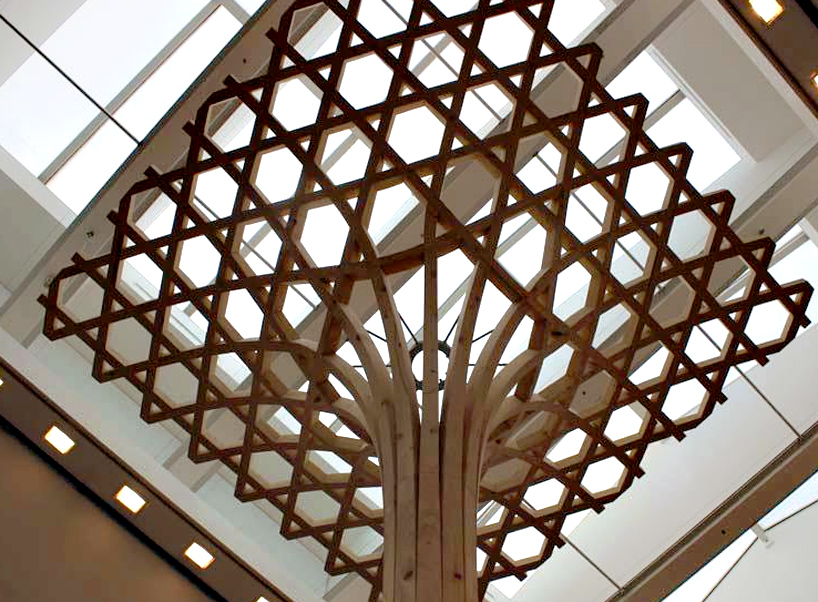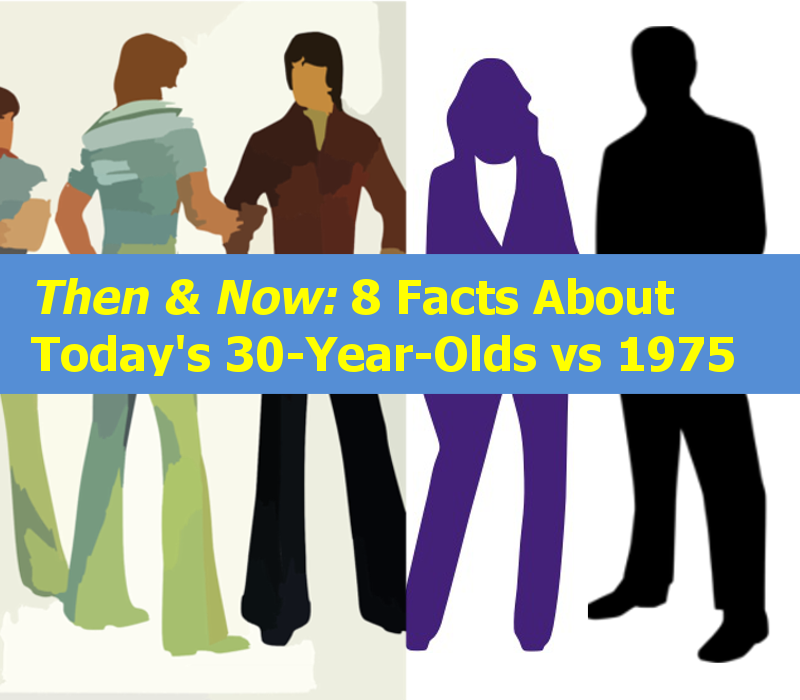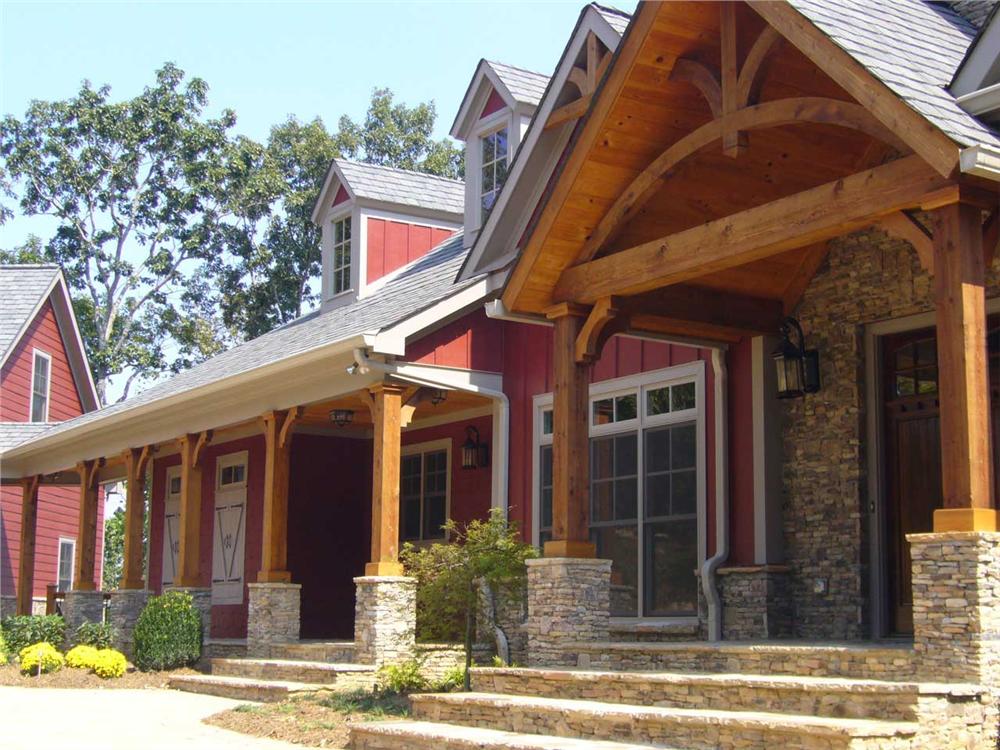Shigeru Ban, 56, as named as this years winner of the Pritzker Architecture Prize. Viewed as the Nobel prize of architecture, the prize was established in 1979. Ban joins previous prize winners including: . Norman Foster, Frank Gehry, Zaha Hadid, and Philip Johnson. Ban is well known for his designs and work building community shelters after natural disasters around the world in remote spots such as China, Haiti, India, Japan, Rwanda and Turkey. The work not only includes shelters, but centers for spiritual retreat due to the loss, suffered destruction. It appears as if when tragedy strikes, Ban is there from the very beginning.
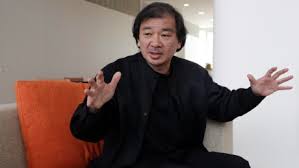
A humble man, Ban was only proud of his award because it affirms the humanitarian aspects of his work. But the award was given to him due to the fact that he challenges traditional notions of domestic space. For instance, Naked House in Saitama, Japan is surrounded by rice fields. It has just four rooms that are built on casters and the exterior is made out of clear corrugated plastic. Another example is the 19th-century Christchurch Cathedral in New Zealand which was devastated by a 2011 earthquake. Ban created a g a transitional sanctuary out of cardboard tubes.
However, he is also known for his “anti-architecture” which reflects rejection towards the of the aura of celebrity status, wishing all architects would instead put their expertise to work for a greater social causes. He has been quoted to say, “”I’m thinking we can work more for the public.†Originally in 1994 he was drawn to disaster relief at Rwanda’s refugee camps, then he traveled to Geneva and worked with the United Nations High Commissioner for Refugees on designing prototype tents that were made with paper poles. Next he then turned his attention to the aftermath of the 1995 earthquake in Kobe, Japan, designing emergency housing with beer-crate foundations and paper-tube walls. He has since become a familiar presence on the scene of major international disasters, arriving with architecture students to teach them about developing solutions at such sites.
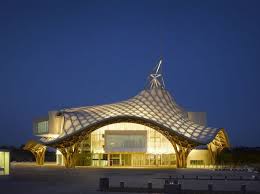
Ban’s work is described as “airy, curvaceous, balletic,†according to Michael Kimmelman who wrote about him in a New York Times article back in 2007. His more conventional projects include: the Pompidou Center’s satellite museum in Metz, France. This building was actually inspired by a woven bamboo hat. His work for the Aspen Colorado Art Museum, due to open this August, is a 33,000-square-foot structure featuring a woven exterior wood screen.
The Pritzker goes to a living architect whose work has contributed to humanity and the built environment every year. Ban will also receive a $100,000 grant and a bronze medallion which will be awarded on June 13 in a ceremony at the Rijksmuseum in Amsterdam. P
Ban was born in Tokyo, Japan in 1957, and he studied at the Southern California Institute of Architecture, then transferring to the Cooper Union School of Architecture in New York, where he earned a bachelor’s degree in architecture in 1984. Currently his private practice in located in Tokyo and he also has offices in New York and Paris.
For more information on well known architects, historical architecture and design topics, visit our blog.

